Europe: Journals & Articles
Further resources, if available, can be found in our full bibliography.
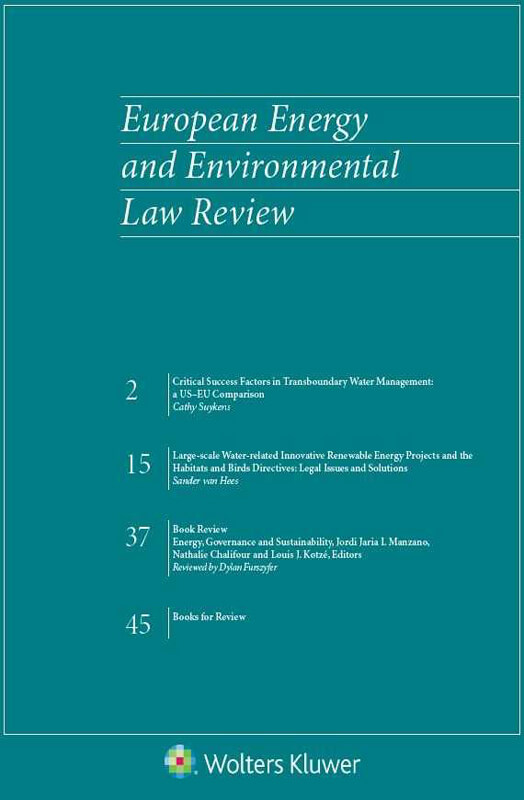
European Energy and Environmental Law Review
1992-Present
This bi‑monthly journal tracks major legal developments in Europe's energy and environmental sectors. It offers accessible analysis of topics such as renewables, emissions regulation, water management, and waste control. It is largely considered a go-to resource by lawmakers, academics, and practitioners throughout the European continent.
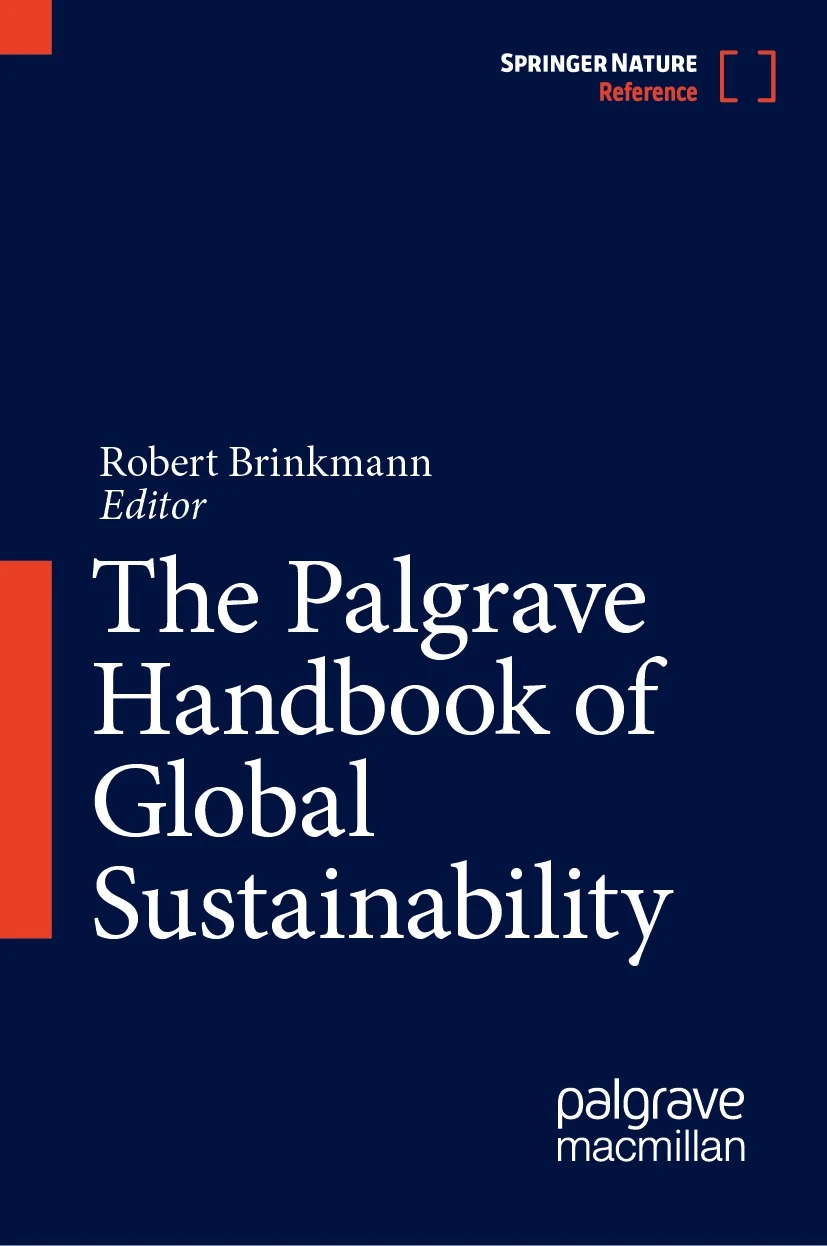
"Environmental Justice in Europe"
Attila Antal
Robert Brinkmann
This chapter explores how climate justice has become central to environmental justice in Europe under the pressure of global ecological crises. While the Aarhus Convention, in force since 2001, institutionalized environmental democracy, its emphasis on procedural rights has limited broader conceptions of justice. Deep inequalities persist, especially between Western and Central-Eastern Europe where marginalized groups like the Roma face compounded environmental burdens; the chapter calls for renewed focus on the social dimensions of environmental harm to strengthen justice across the European continent.
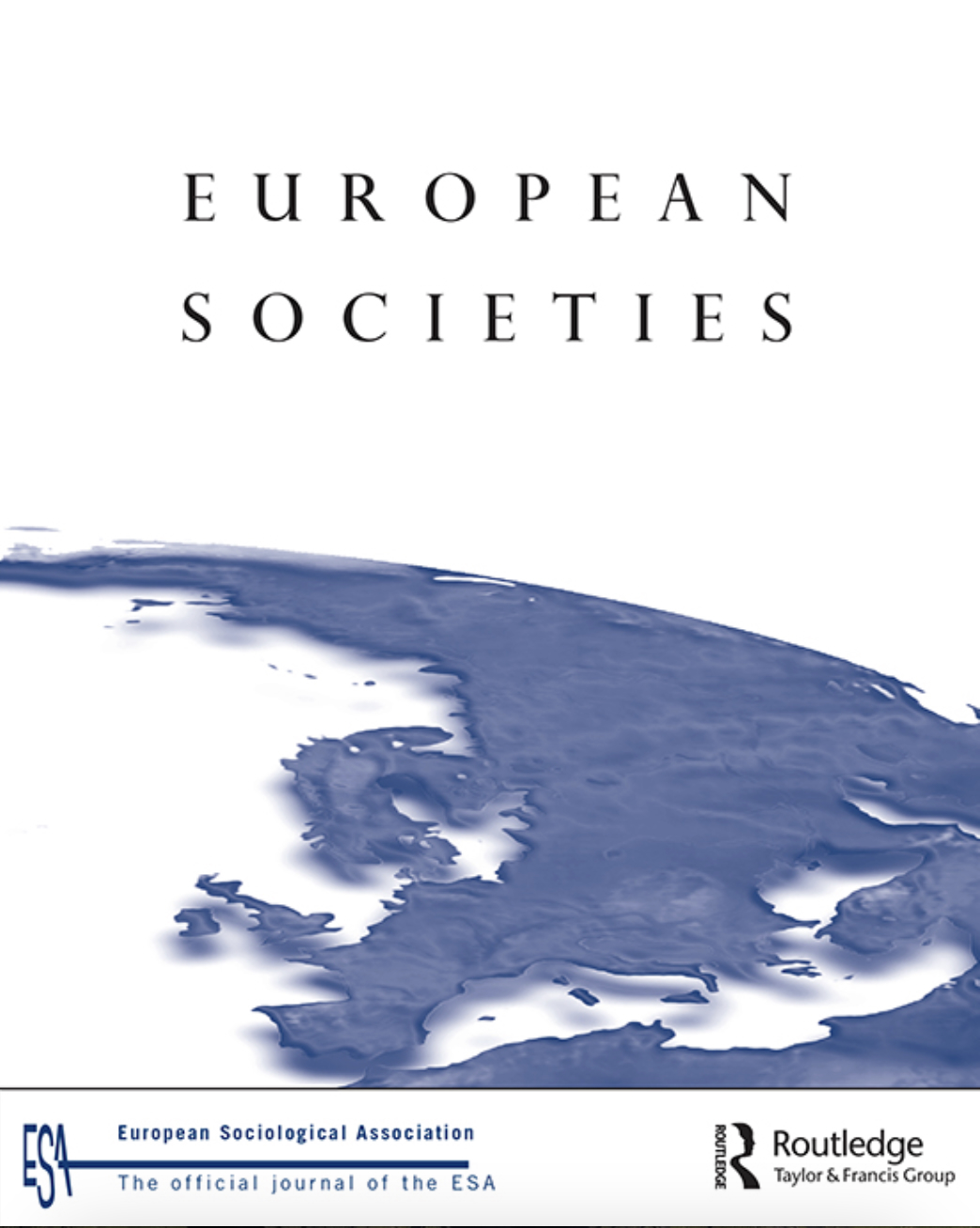
The Diversity of Environmental Justice: Towards a European Approach
Horst-Dietrich Elvers, Matthias Gross, Harald Heinrichs
By comparing the US environmental justice movement with recent European developments, this paper suggests an environmental justice framework based on the idea of environmental justice as a heterogeneous process rather than an analytical or normative category. Using major debates on environmental justice particularly in the UK and Germany as a touchstone, eight dimensions of environmental justice are carved out and integrated into a processual model. It is discussed how environmental justice as a process may become robust enough to integrate and react to changing natural and social conditions.
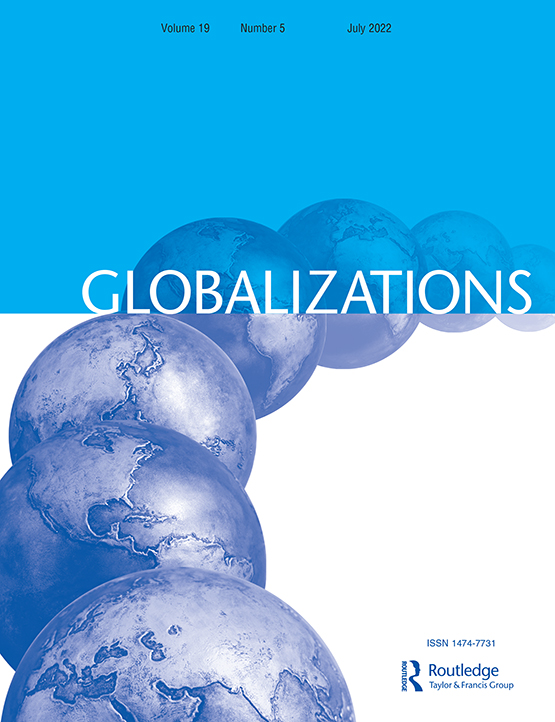
From environmental to climate justice: social-environmental expulsions and the emergence of a climate edge in Europe
Filip Alexandrescu, Ionuț Anghel, Simona Stănescu, Lucrina Ștefănescu, and Alina Pop
Building on critical social theory and the concept of expulsions, the authors introduce “climate edge” as the point where environmental injustices and future climate vulnerabilities converge. Through exampination of case studies drawn from European contexts, they highlight how such “climate edge” sites reflect long chains of displacement and emerging climate conflict. The conclusion is that cliamte edges in Europe mark spaces of social struggle and signal potential sites of transformation.
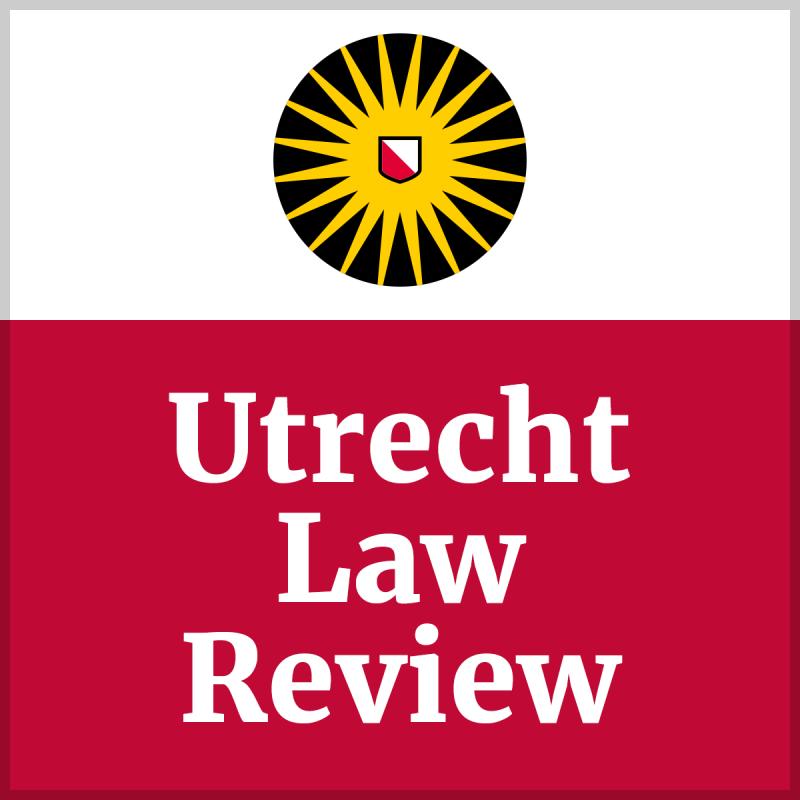
Implementing Rights of Nature: An EU Natureship to Address Anthropocentrism in Environmental Law
Niels Hoek, Ivar Kaststeen, Silke van Gils, Eline Janssen, Marit van Gils
Transboundary environmental threats continue to degrade natural sites across Europe, which resultantly expose gaps in the European Union’s legal approach to Earth jurisprudence. This paper proposes an EU Natureship Framework Directive that grants legal personality and rights to natural sites. The authors imagine how such a shift could strengthen enforcement and ease pressure on under-resourced institutions. The hope is that in recognizing nature as a legal subject, EU environmental law could move toward a more ecocentric and resilient model.

Could rights of nature be overlapping, redundant and conflicting regarding existing environmental protection? An overview of four selected European domestic law frameworks
Julián Suárez
The impending socio-ecological crisis has compelled environmental law, like other disciplines, to seek solutions that honor nature’s intrinsic value while addressing chronic issues such as weak enforcement. This article evaluates rights‑of‑nature provisions in Spain, France, the Netherlands, and Ireland and assesses how these emerging legal tools interact with existing environmental frameworks. The author identifies both synergy and tension between these new ecological rights and established laws which raise critical questions about how to reconcile environmental protection with ongoing pressures for economic growth.

Wild Things: Animal Rights in EU Conservation Law
Veerle Platvoet
Debates around animal rights often conclude that animals lack legal rights comparable to human rights. This article challenges that view by analyzing the EU Habitats Directive through a rights-based lens, revealing preliminary legal rights for certain wild animals. These rights, however, arise from the anthropocentric value of biodiversity rather than the animals’ own interests, leaving space to reimagine EU conservation law through a true rights-based approach.
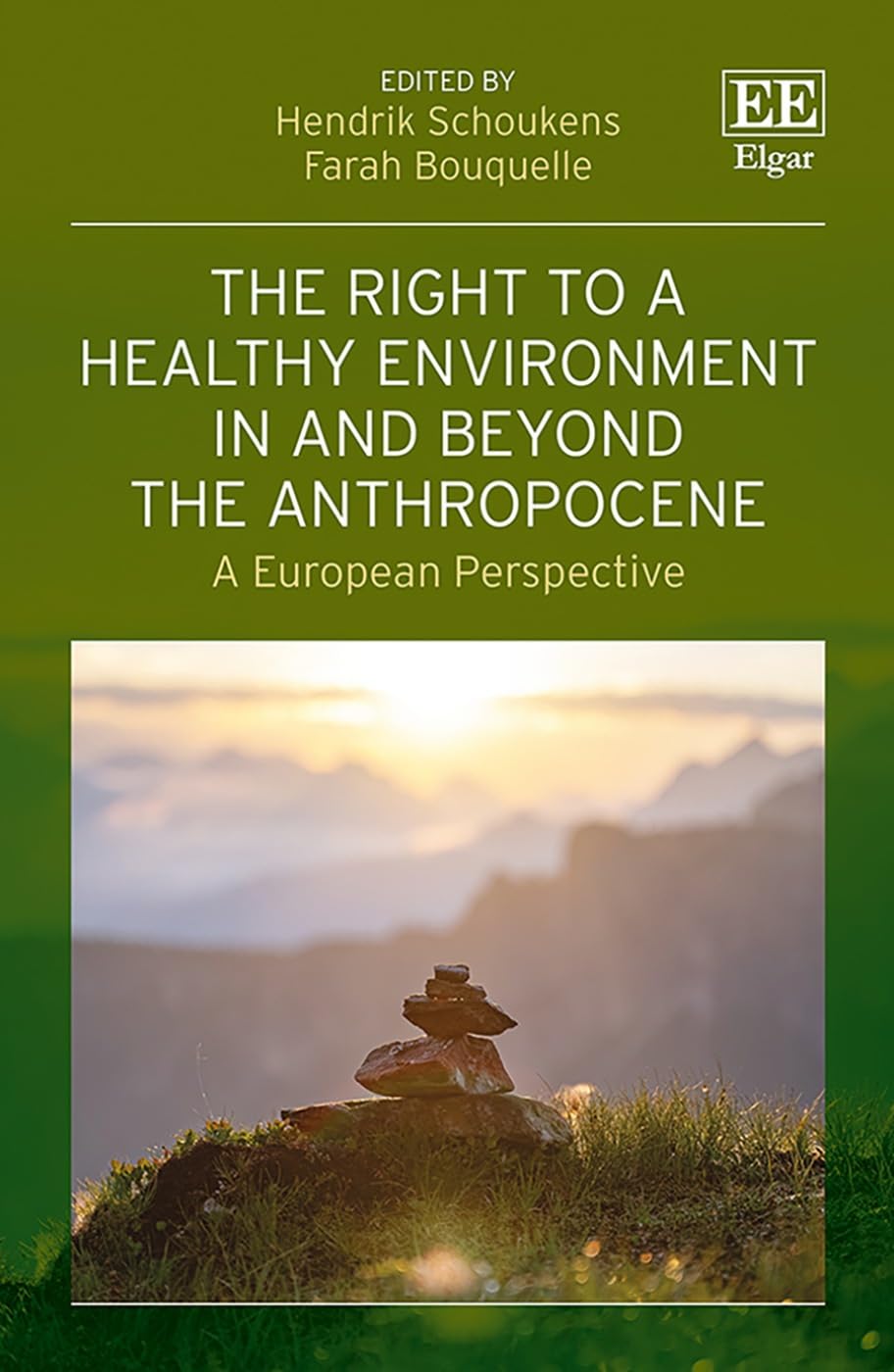
"Rights of nature in the European Union: a rights-based approach as an inevitable outcome of increased environmental protection in the Anthropocene?"
Hendrik Schoukens
Hendrik Schoukens, Farah Bouquelle
The EU has built one of the world’s strongest frameworks for protecting the environment and human health, yet it stops short of recognizing legal rights for nature. While directives like the EU Habitats Directive and the Water Framework Directive offer powerful protections, they do not explicitly treat ecosystems as rights-holders. This chapter explores how EU law might engage with emerging rights-of-nature models and suggests that some habitats may already hold implicit rights—like the right to exist and regenerate—which would be enforceable through legal action by environmental groups acting on their behalf.
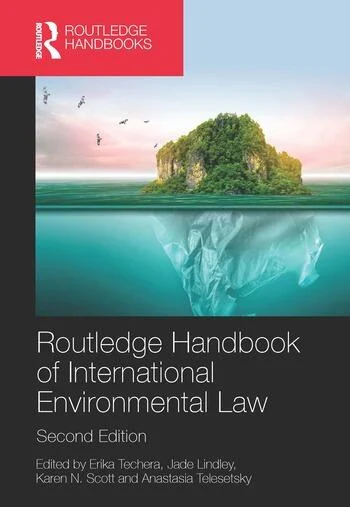
"European Environmental Law"
Miranda Geelhoed, Elisa Morgera, Maria Ntona
Erika Techera, Jade Lindley, Karen N. Scott, Anastasia Telesetsky
EU environmental law has taken a distinctive path and is guided by the principle that environmental protection must inform all areas of policy. This chapter traces how that approach has shaped major fields like agriculture and marine governance, the approach of which extends the European Union’s influence beyond its continental borders. In reflecting on both the promise and the limits of this model, the chapter invites broader dialogue on how integrated environmental management can inform international efforts, especially where environmental and human rights concerns meet.
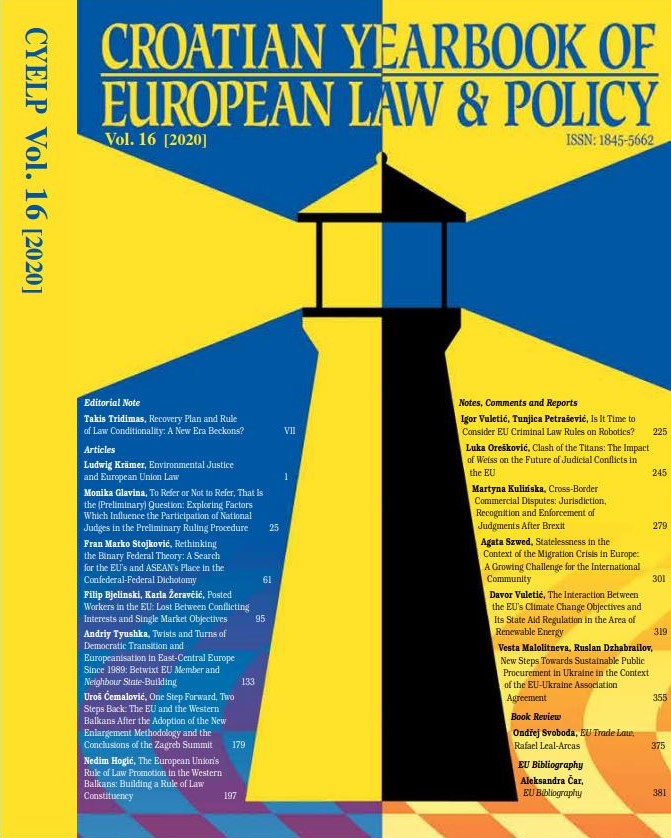
Environmental Justice and European Union Law
Ludwig Krämer
EU environmental laws contain strong protections on paper, but uneven enforcement across member states has led to injustices, especially for marginalized groups and ethnic minorities. This article investigates these environmental injustices and finds that while laws themselves are not inherently discriminatory, their inconsistent application has led to disparities. The author suggests improvements, such as stronger accountability mechanisms, community involvement, and targeted data collection to help close the gap between law and lived experience.
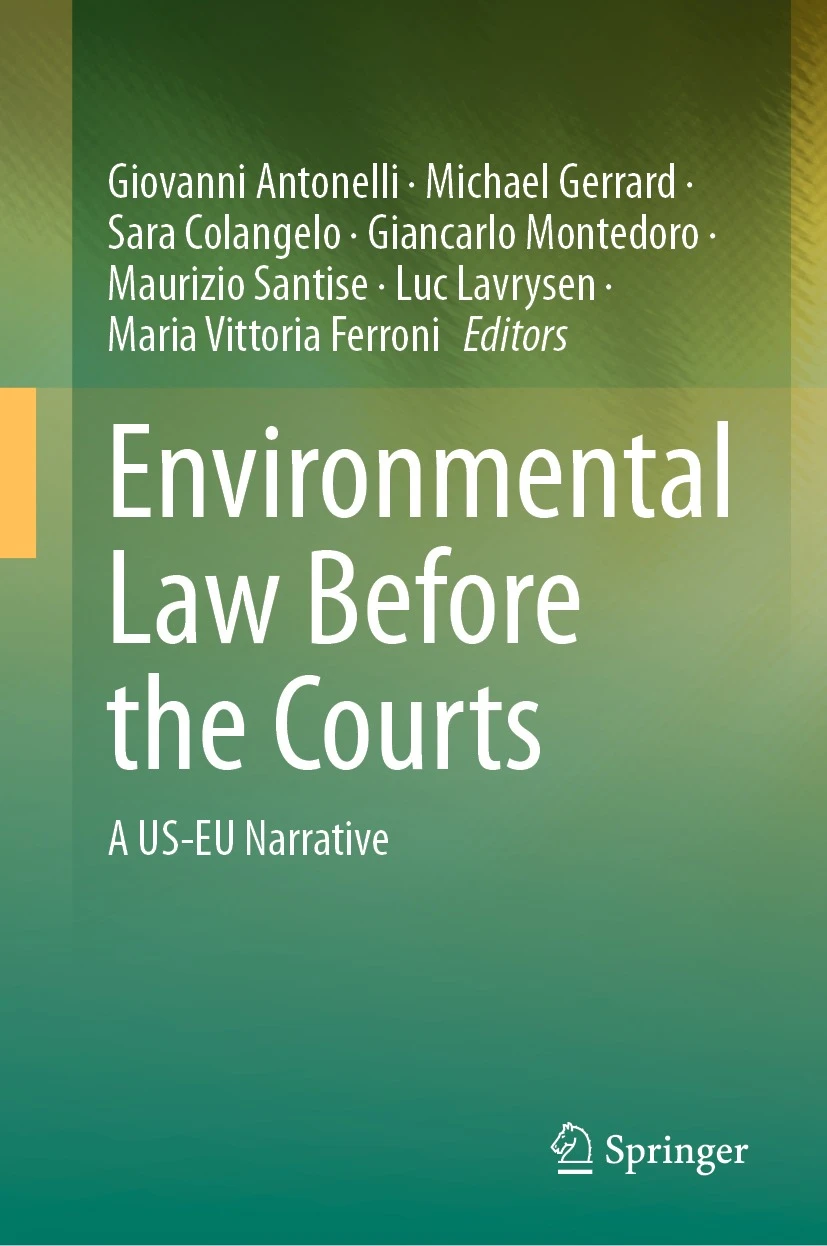
"Environmental Law in the Courts of Europe: A Rough Sketch"
Luc Lavrysen
Giovanni Antonelli, Michael Gerrard, Sara Colangelo, Giancarlo Montedoro, Maurizio Santise, Luc Lavrysen, Maria Vittoria Ferroni
Domestic courts across Europe approach environmental law in uneven ways as they are shaped by diverse legal traditions, environmental pressures, and institutional affiliations. Factors such as membership in the EU or Council of Europe, participation in the Aarhus Convention, and the strength of judicial infrastructure all influence how courts engage with environmental issues. This chapter argues for formally embedding specialized environmental judges or departments to ensure more consistent and effective enforcement across European jurisdictions.
Photo Credit: Waterfall, Kirkjufell, Iceland; xiSerge/Pixabay